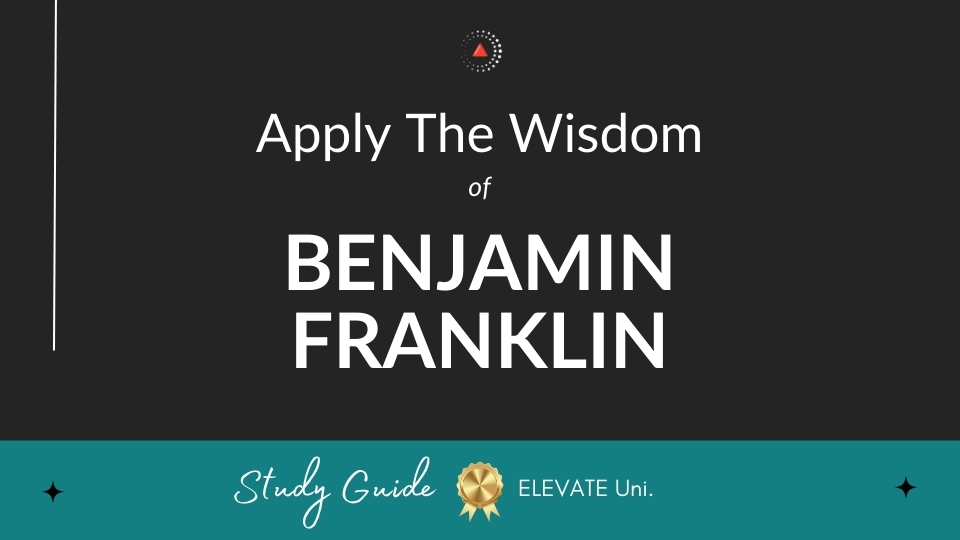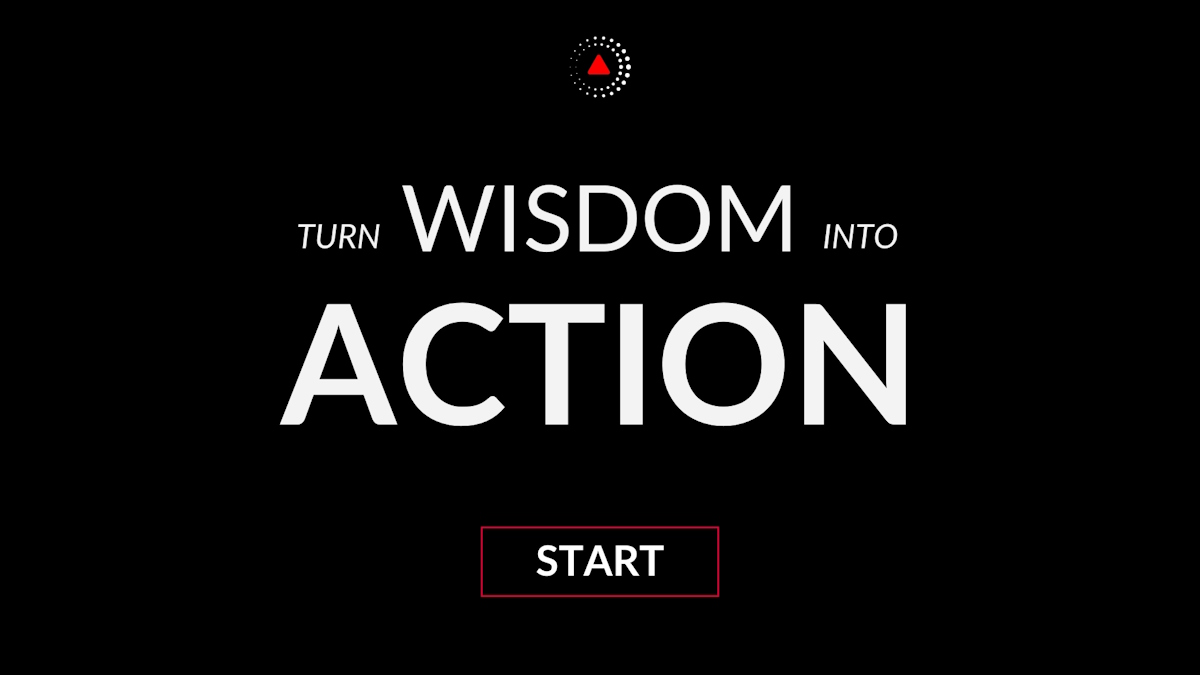There was never a good war, or a bad peace.
What's the meaning of this quote?
Quote Meaning: The quote "There was never a good war, or a bad peace" encapsulates a profound truth about the nature of conflict and tranquility. At its core, this statement suggests that while wars may be perceived as necessary or justifiable under certain circumstances, they inherently entail destruction, suffering, and loss. On the other hand, peace, regardless of its form, is inherently preferable to the chaos and devastation wrought by war.
To delve deeper into the meaning of this quote, let's first explore the concept of a "good war." Throughout history, wars have often been framed as necessary evils, waged to defend freedom, sovereignty, or to rectify injustices. However, even in cases where war seems morally justified, it brings about immense human suffering, physical destruction, and emotional scars that endure long after the last battle has ended. The quote challenges the notion that any war can truly be deemed "good" when weighed against the profound and lasting consequences it inflicts upon societies, individuals, and the world at large.
Conversely, the quote also addresses the idea of a "bad peace." Peace is commonly regarded as a desirable state characterized by harmony, stability, and the absence of conflict. However, not all forms of peace are necessarily beneficial or just. A peace built upon oppression, inequality, or the suppression of fundamental rights can be considered a "bad peace." It may lack true reconciliation, perpetuate injustices, and breed resentment, ultimately laying the groundwork for future conflicts.
Furthermore, the quote underscores the complex relationship between war and peace. It suggests that peace should not be viewed merely as the absence of war but as a positive and constructive state in its own right. Genuine peace encompasses more than just the cessation of hostilities; it involves reconciliation, justice, and the cultivation of mutual respect and understanding among individuals and nations. Conversely, it implies that the pursuit of peace should be prioritized over the glorification or romanticization of war.
In essence, "There was never a good war, or a bad peace" serves as a poignant reminder of the high cost of warfare and the imperative of seeking alternatives to violence. It challenges us to critically examine the true value of war and peace, urging us to aspire towards a world where conflicts are resolved through dialogue, diplomacy, and cooperation rather than through the horrors of armed conflict. Ultimately, it calls upon humanity to strive for a more just, equitable, and peaceful world for present and future generations.
Who said the quote?
The quote "There was never a good war, or a bad peace." is often attributed to Benjamin Franklin (Bio / Quotes). Benjamin Franklin was an American statesman, writer, and inventor who played a key role in the founding of the United States.
What are Benjamin Franklin's Best Quotes?
Watch on Elevate's YouTube channel and be sure to subscribe for more wisdom and insights from the world's top minds.
Subscribe on YouTube to get the latest quote videos delivered straight to you:
Is there a historical example that illustrates the message of the quote?
The quote "There was never a good war, or a bad peace" by Benjamin Franklin underscores the inherent value of peace and the often-destructive nature of war. One historical example that vividly illustrates this message is the Vietnam War, which lasted from 1955 to 1975.
The Vietnam War was a protracted and controversial conflict that involved North Vietnam and its communist allies against South Vietnam, supported by the United States and other anti-communist allies. This war is a poignant example of the quote’s message for several reasons. Despite the substantial military and financial resources poured into the war effort by the U.S. and its allies, the conflict led to significant loss of life, widespread suffering, and deep social and political divisions both in Vietnam and in the participating countries.
The war resulted in over 58,000 American deaths and millions of Vietnamese casualties. Additionally, the war inflicted immense psychological and social trauma on veterans, civilians, and societies at large. The aftermath of the war saw a devastated Vietnam, where the physical and emotional scars of the conflict lingered long after the peace agreements were signed. The eventual fall of Saigon in 1975 and the reunification of Vietnam under communist rule marked the end of the war, but it left a country in ruins and a generation scarred.
This example highlights how the war, despite being pursued under the guise of noble causes such as containing communism and defending democracy, resulted in substantial human suffering and loss. In contrast, the peace that followed the end of the war, though it brought stability, came at a high cost and did not erase the traumas of the conflict. It serves as a testament to Franklin’s assertion that war, irrespective of its purported objectives, often brings more harm than good, while peace, despite its imperfections, is always preferable.
How can the quote be applied in a real-life scenario?
Applying the quote "There was never a good war, or a bad peace" to real-life scenarios involves reflecting on situations where conflict and resolution play pivotal roles in human experiences. Consider a workplace environment where there is ongoing conflict between team members.
In such a scenario, conflicts might arise from miscommunication, competition for resources, or differing visions for a project. The management might decide to address these conflicts through aggressive measures, such as public reprimands or enforcing strict controls. While these actions might seem to restore order temporarily, they often exacerbate tensions and contribute to a toxic work environment. This approach mirrors the destructive aspects of war—where the immediate goal of quelling dissent results in long-term harm to relationships and overall morale.
On the other hand, focusing on constructive conflict resolution and fostering open communication reflects the essence of "bad peace." It might involve compromises, mediation, and a commitment to understanding different perspectives. Although this approach may require patience and effort, it promotes a healthier work culture and sustainable solutions, aligning with the idea that peace, while not always perfect, is preferable to the destructive consequences of conflict.
In essence, this quote can be applied by valuing and striving for peaceful resolutions in various aspects of life—whether personal, professional, or political. By recognizing that war and conflict typically lead to greater harm and that peace, though it may have its own set of challenges, is ultimately more beneficial, individuals and societies can work towards resolving disputes in more harmonious and constructive ways.
Applying the quote to your life
Unlock Franklin's wisdom and apply it to your life by getting the in-depth Benjamin Franklin Workbook & Study Guide, complete with top quotes, insightful commentary, reflective questions, and practical uses for everyday life. 👇
To apply more wisdom, get the All-Access Pass, which includes hundreds of study guides from the world's top minds. These include deep insights from individuals such as Nelson Mandela, Steve Jobs, and Albert Einstein, as well as some of the top authors and personal development books.
Chief Editor
 Tal Gur is an author, founder, and impact-driven entrepreneur at heart. After trading his daily grind for a life of his own daring design, he spent a decade pursuing 100 major life goals around the globe. His journey and most recent book, The Art of Fully Living, has led him to found Elevate Society.
Tal Gur is an author, founder, and impact-driven entrepreneur at heart. After trading his daily grind for a life of his own daring design, he spent a decade pursuing 100 major life goals around the globe. His journey and most recent book, The Art of Fully Living, has led him to found Elevate Society.





















